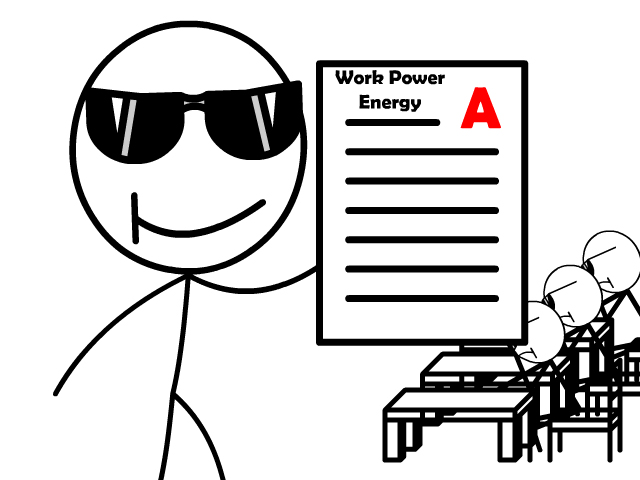Work, Power, and Energy Physics Practice
Get the work, power, and energy physics practice you need for your test. Generate 10 and 20 question quizzes here and find other useful practice.
Find a direct link to the work and power section, the simple machines, or energy section of the equation sheet or click below for the entire equation sheet.

Random 10 Questions from the Work, Power, and Energy Test Bank
Random 20 Questions from the Work, Power, and Energy Test Bank
Resources
- StickMan Physics Home Page
- Work, Power, and Energy Content Page
- Stickman Physics Table of Contents: Use the search bar or click here to easily find a unit or topic
- Physics Equation Sheet: commonly used equations, variables, and units
- Rule of Ones: analyzing equations to determine how other variables change
- Holdensclass.com: Video walk-through of Many Physics Concepts
